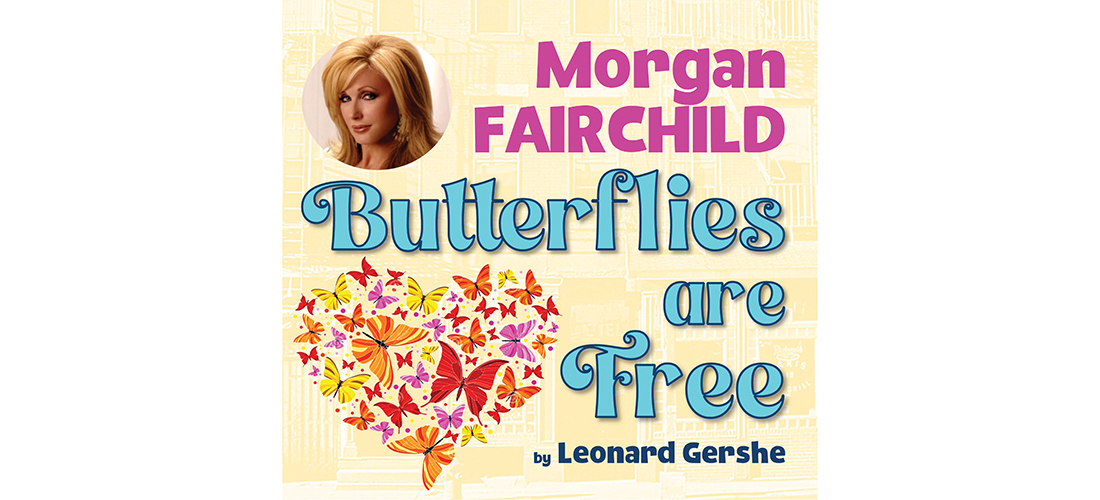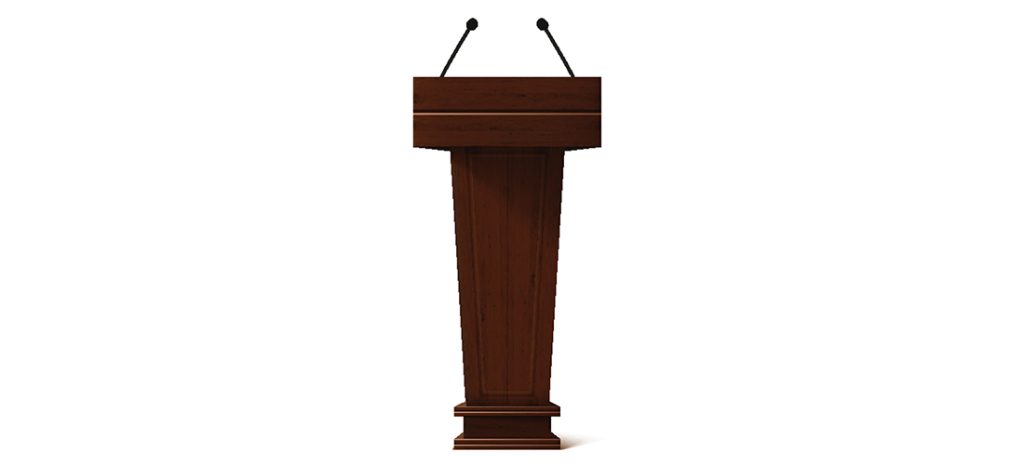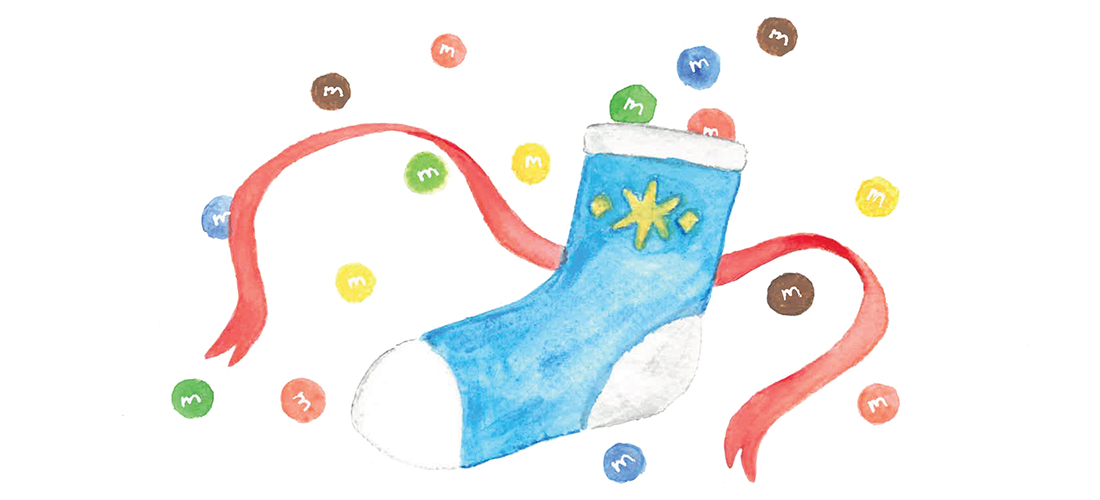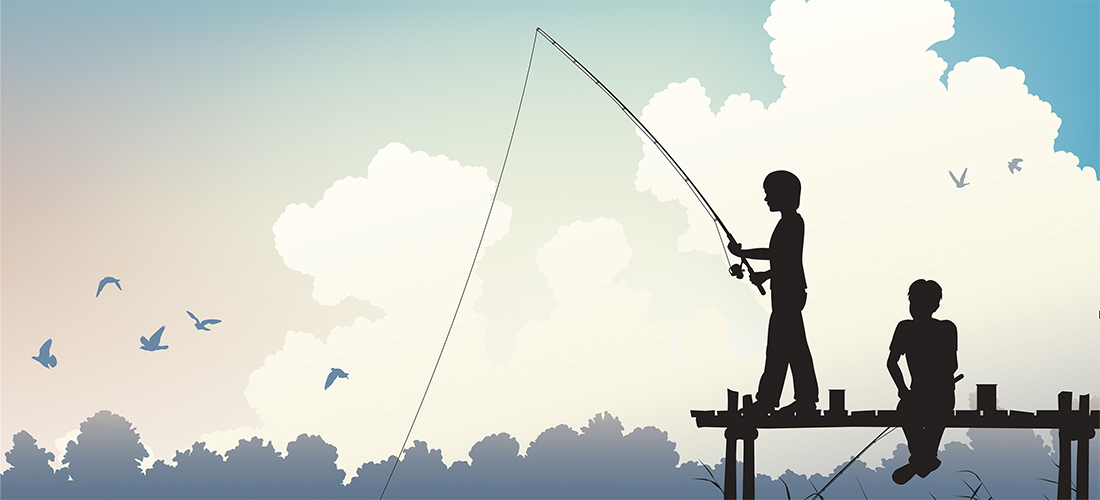Egg-Dyeing for Empty Nesters
An Easter without kids brings
a basketful of memories
By Tom Allen
I’ve never been sure when a parent qualifies as an “empty-nester.” Maybe when the only, or last, child has his or her place, when their delivery and return address changes.
The younger of our two daughters officially fledged in June of 2020 when, like her sister, she married just out of college. But from March until her wedding day, June 20, courtesy of a pandemic, the last half of her senior year at Meredith College was virtual.
With campus housing closed and classes moved online, Sarah packed up and came home. We loved it. During the day, she continued her student teaching, online, with 20-plus kindergartners. After school, we cooked, ate supper together, played board games, and during visits from her fiancé, planned for a COVID wedding, with 15 guests instead of 250.
Her presence also meant she was home at Easter, specifically, the Saturday before Easter, which in our family is egg-dyeing day. We, like many, have specific holiday traditions. Fewer, by far, at Easter than Christmas, but nonetheless beloved. Until last year, one or both daughters were home for the annual ritual. No fizzy tablets and water for us. The real deal — the sound of boiling eggs bumping against a pot, the pungent aroma of hot water and vinegar, and McCormick’s “Assorted Food Color and Egg Dye.”
Four little vials — red, yellow, green, blue. The back of the box provides instructions for classy colors like “orange sunset” and “dusty rose.” When the girls were old enough to read, we challenged them to follow directions for other hues — 24 drops of red and 16 of blue make “pretty purple”; nine of green and three of yellow give you “mint green.” Or just squeeze this many drops of whatever and this many drops of whatever and see what happens.
Traditions die hard. Soon-to-be-graduated and married Sarah, along with Mom and Dad, spread newspapers on the kitchen table. My wife boiled a dozen Dollar Tree eggs, their shells dinging against the pan when it hit that rolling boil. Sarah boiled the egg-dyeing water. Odd how the smell of boiled eggs and a teaspoon of White House Apple Cider Vinegar, like cinnamon at Christmas, becomes the smell of Easter. Lilies, boiled eggs, and vinegar. Who knew?
We mixed the vinegar and water in glass ramekins, the same ones used for years. I know. They make plastic cups for those kinds of things, but again, traditions die hard. Like a hot potato, gotta wait for the eggs to cool a bit, but soon, with newspapers spread, water and vinegar mixture ready, spoons out, the time for dunking and dying came.
I’m a McCormick purist — red, yellow, green, blue. Sarah and her mother live on the edge, mixing this with that. No matter. There was laughter and joy, the essence of Easter. We left our creations to dry in the empty Dollar Tree carton. Then, as in years past, we placed the colored eggs in a basket of plastic grass. This would be the centerpiece on our kitchen table for the next couple of weeks.
Last year, my wife and I found ourselves alone on the Saturday before Easter — empty nesters with a dozen cheap eggs.
“You wanna dye eggs?” Beverly asked.
“Sure,” I responded, admittedly without much enthusiasm. She boiled the eggs, but only six. I laid out newspapers. She heated the water. I added the vinegar. Same ramekins. Same McCormick colors. I dipped my three in red, yellow, green. She went for half-and-half colors with hers. Finally, our six dry eggs were placed in the centerpiece basket with plastic grass. We smiled. Traditions die hard.
The saying goes, “We give our children two things — roots and wings.” Roots keep them grounded; wings give them freedom to be themselves. I’ve seen the cliché attributed to Goethe, Jonas Salk and the ubiquitous “unknown.” Their words convey wisdom and truth, but watching them fly can be bittersweet. New families are formed, new traditions are established. Some holidays the house is full. Others, the nest is empty.
Fortunately, our daughters and their husbands live an hour north. The oldest is expecting our first grandchild, a boy, at the end of April. Even with an early arrival, he’ll be too young for egg-dyeing this year. Ah, but next year, sometime before Easter, we’ll probably cover a kitchen table with newspapers, boil some eggs, bring out the ramekins, vinegar, and McCormick “Assorted Food Color and Egg Dye.” Who cares what colors he chooses? Traditions live on, like Easter’s joy and laughter. PS
Tom Allen is a retired minister living in Whispering Pines.















